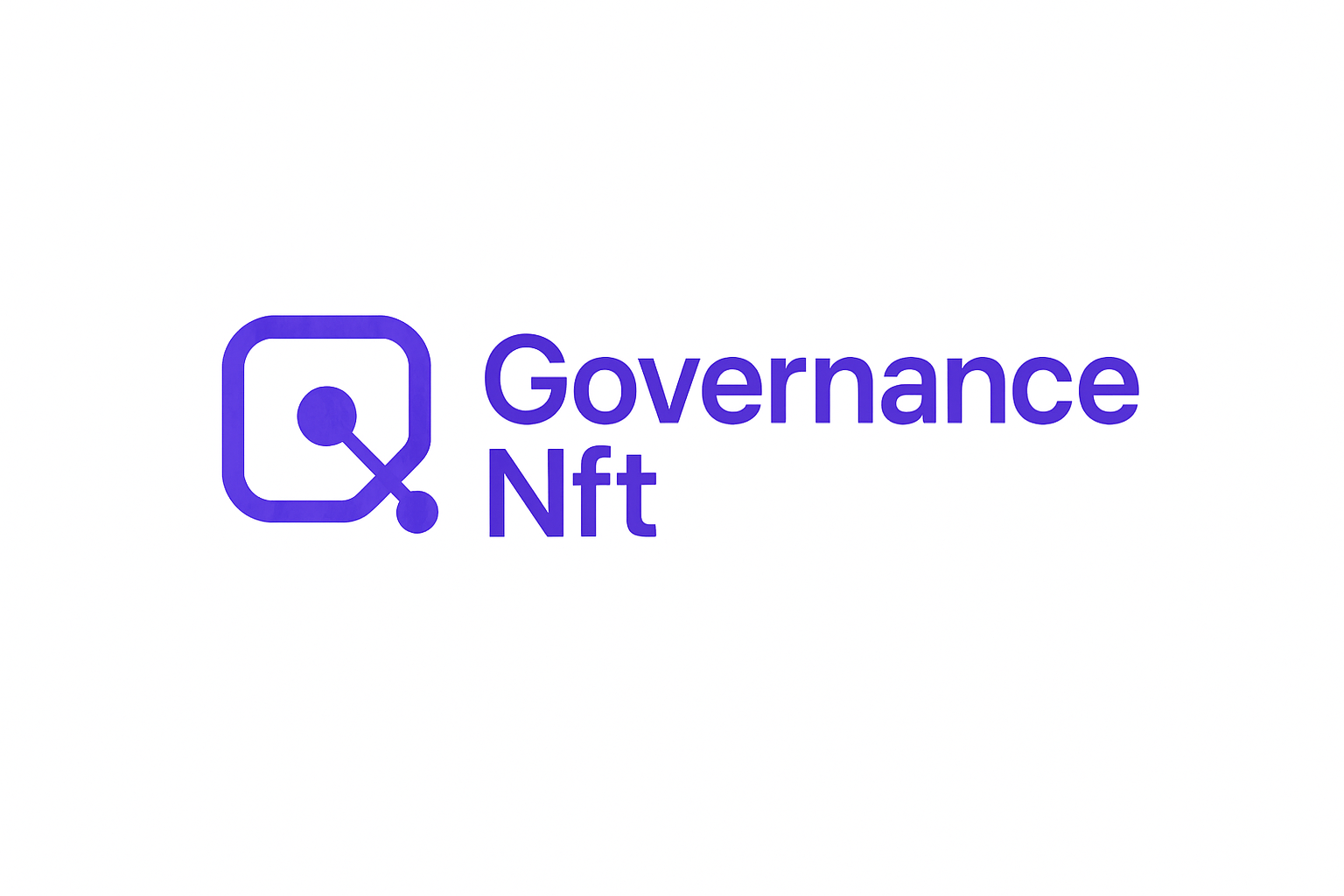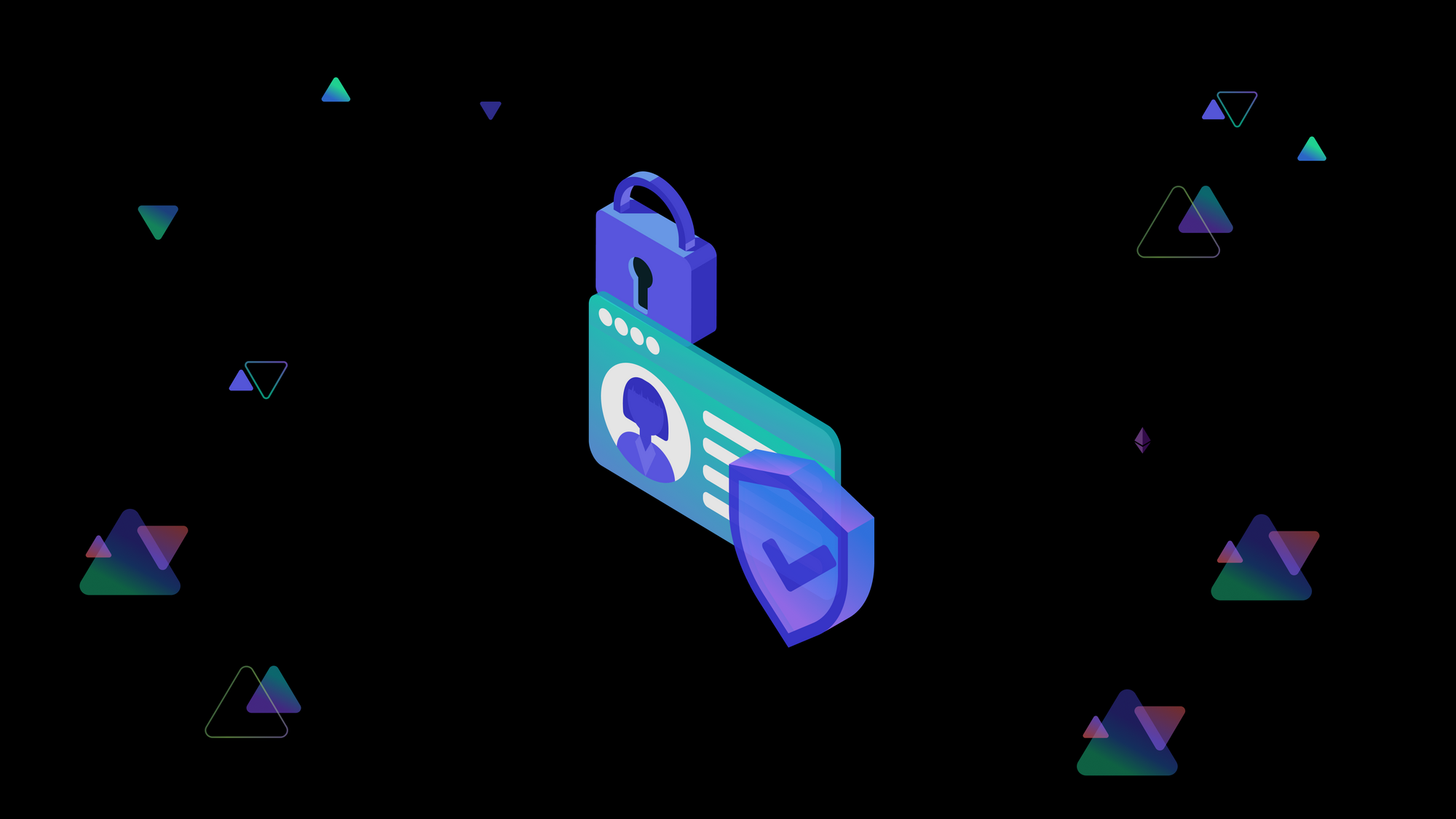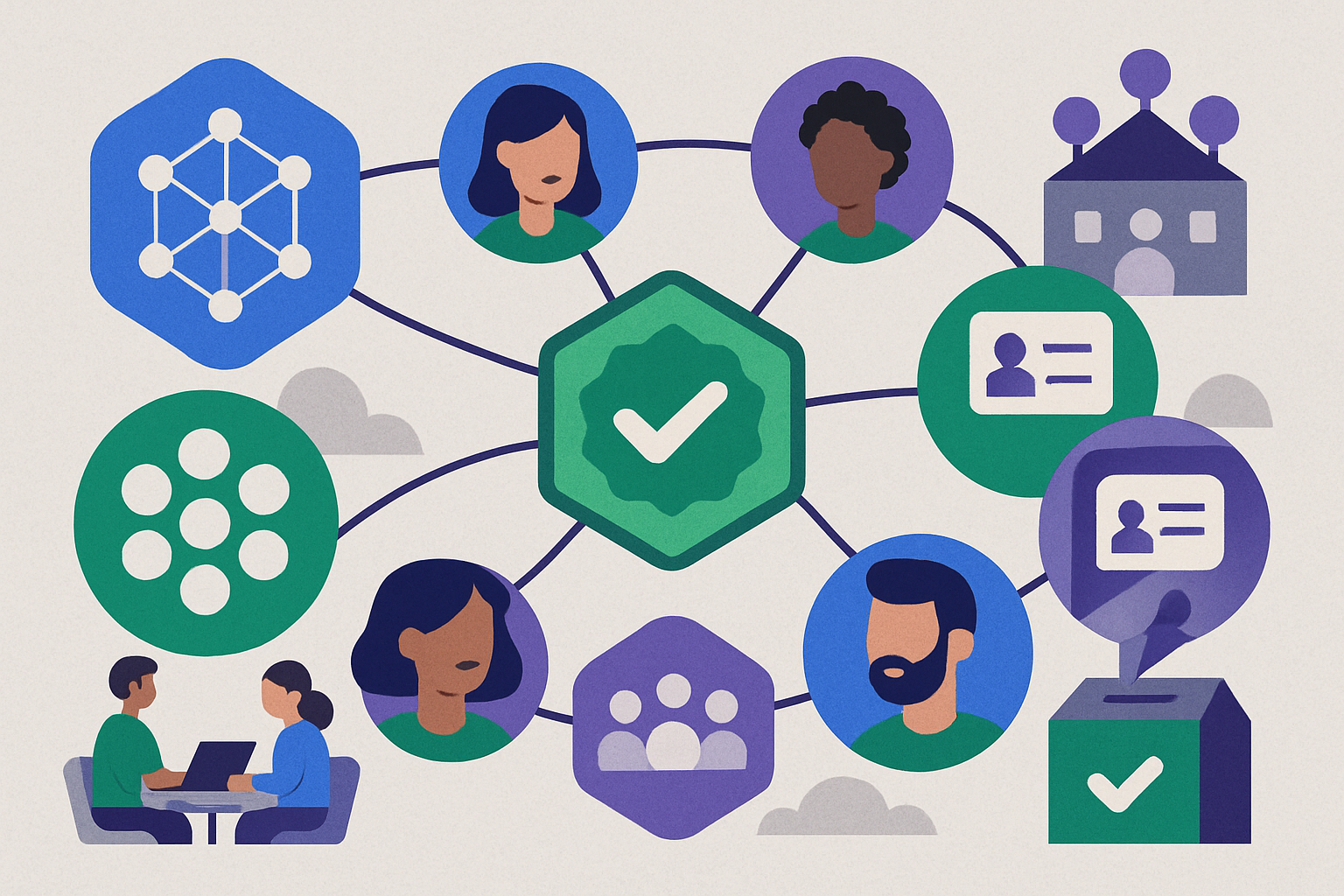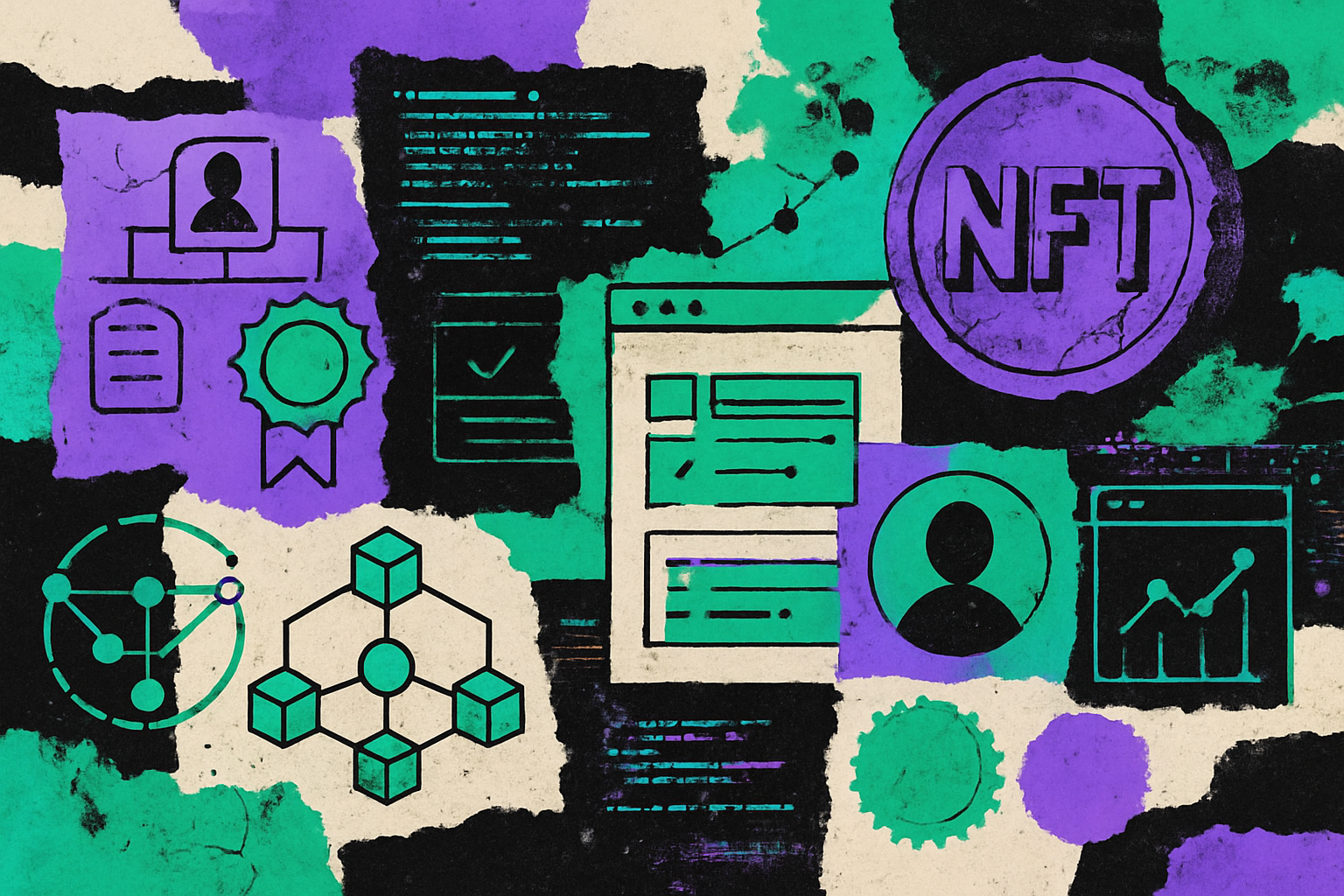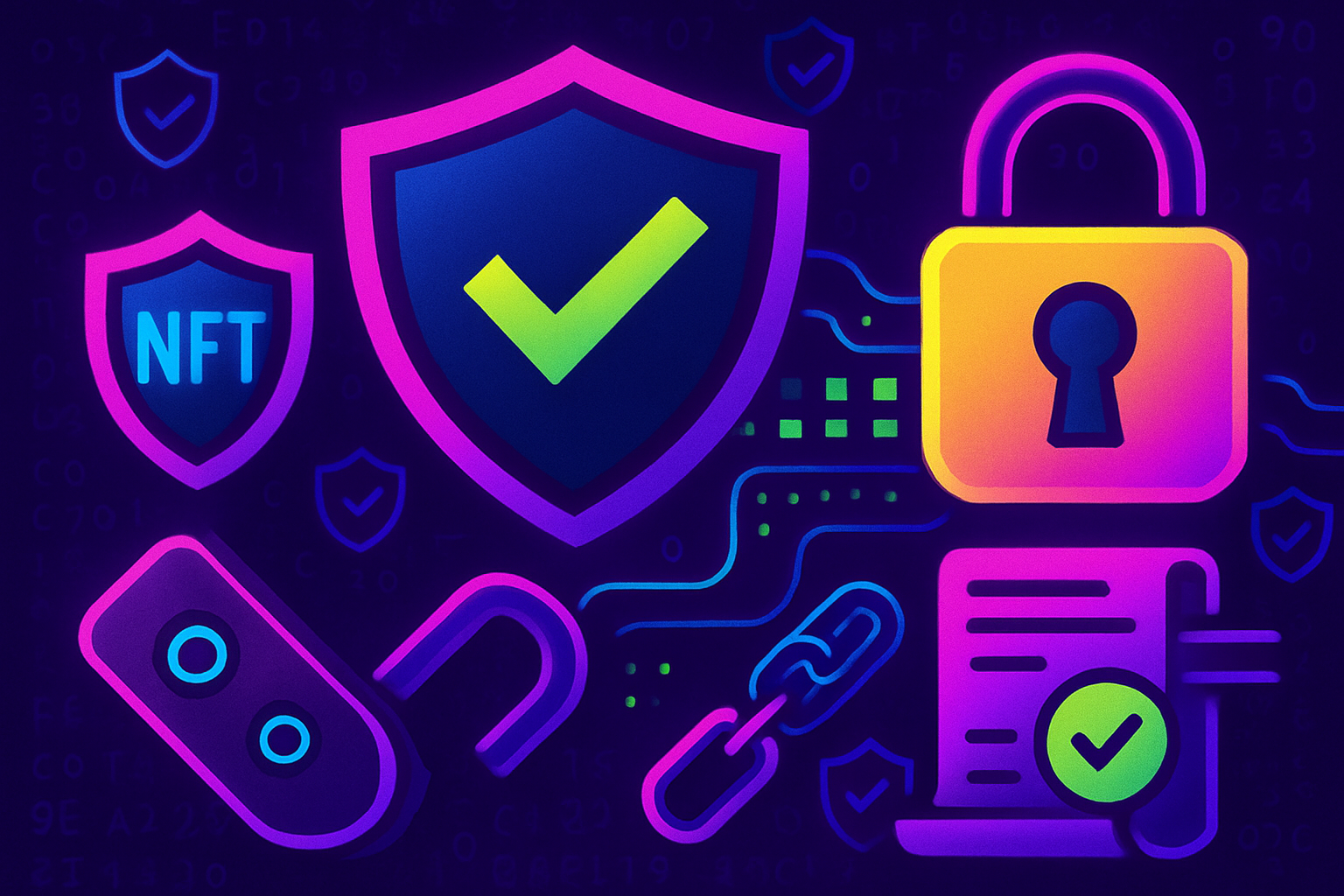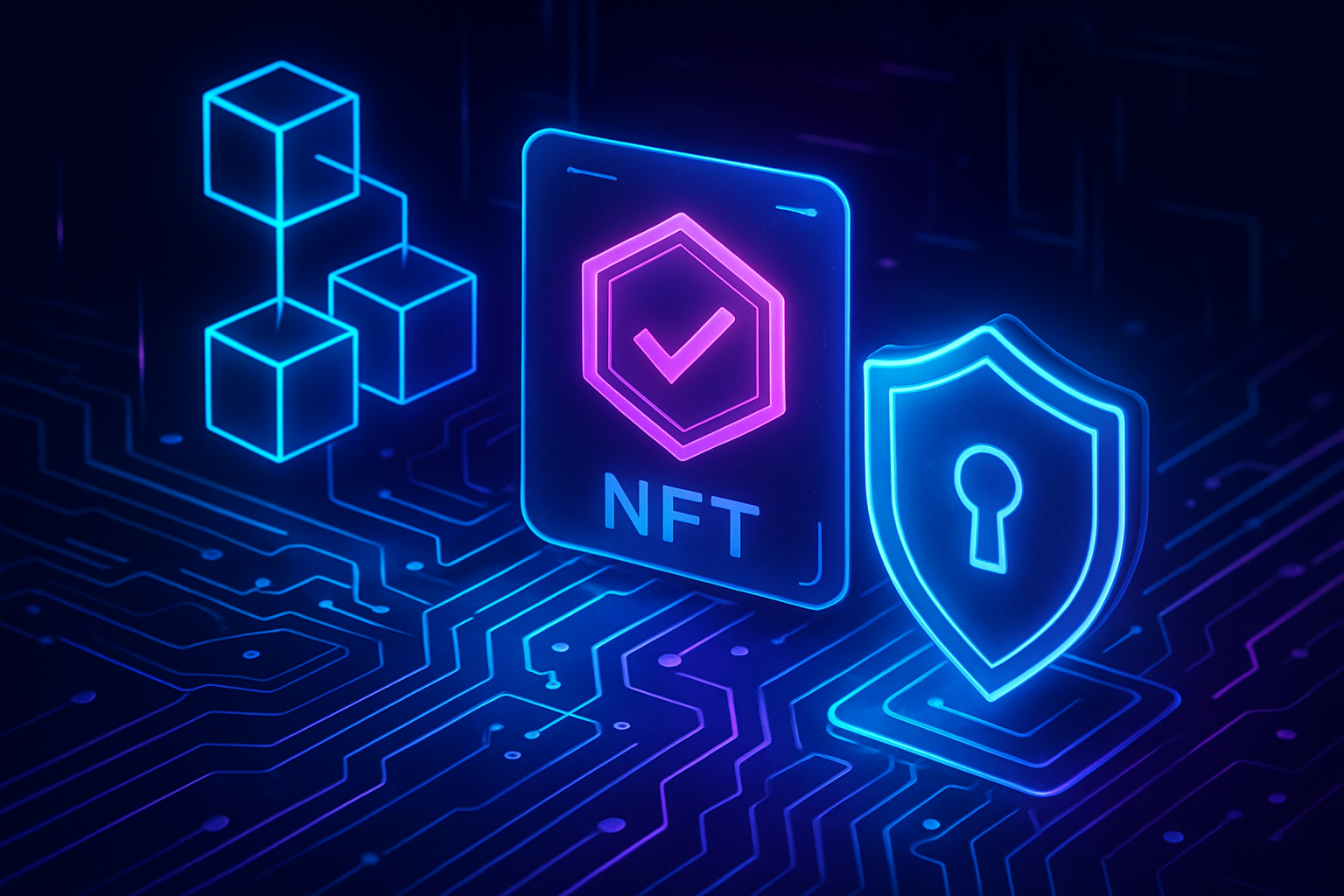
As decentralized organizations and DAOs continue to mature, the security and authenticity of governance NFT badges have become mission-critical for maintaining trust within these communities. Governance NFT badges are far more than digital collectibles; they represent verified roles, voting rights, or achievements that can directly impact decision-making and resource allocation. Ensuring these badges are both tamper-proof and verifiable is not just a technical necessity but also a foundational element for decentralized trust.

Why Security Matters for Governance NFT Badges
Unlike traditional digital badges, which can be forged or transferred with relative ease, governance NFT badges leverage blockchain’s transparency and immutability. However, this does not make them immune to evolving threats such as impersonation attacks or unauthorized transfers. As highlighted in recent research from Blockcerts protocol analysis, even well-designed credentialing systems must address sophisticated attack vectors to prevent breaches.
The implications are profound: if a malicious actor can fraudulently obtain or transfer a badge denoting voting rights or key responsibilities, the integrity of DAO governance is immediately compromised. This risk underscores why security measures must go beyond basic blockchain functionality.
Non-Transferable NFTs: The Foundation of Authenticity
A core strategy for ensuring authenticity is the use of non-transferable NFTs. By design, these tokens cannot be moved from one wallet to another after issuance. This approach ensures that each badge remains inextricably linked to its original recipient, accurately reflecting individual roles or achievements within the organization.
Protocols like Otterspace are pioneering this model by issuing non-transferable governance badges that safeguard against unauthorized transfers and badge trading. For DAOs seeking robust member verification, this mechanism offers an elegant solution that preserves both exclusivity and credibility. Learn more about this approach in Otterspace’s protocol overview at otterspace.mirror.xyz.
Key Benefits of Non-Transferable NFTs for DAO Governance
-
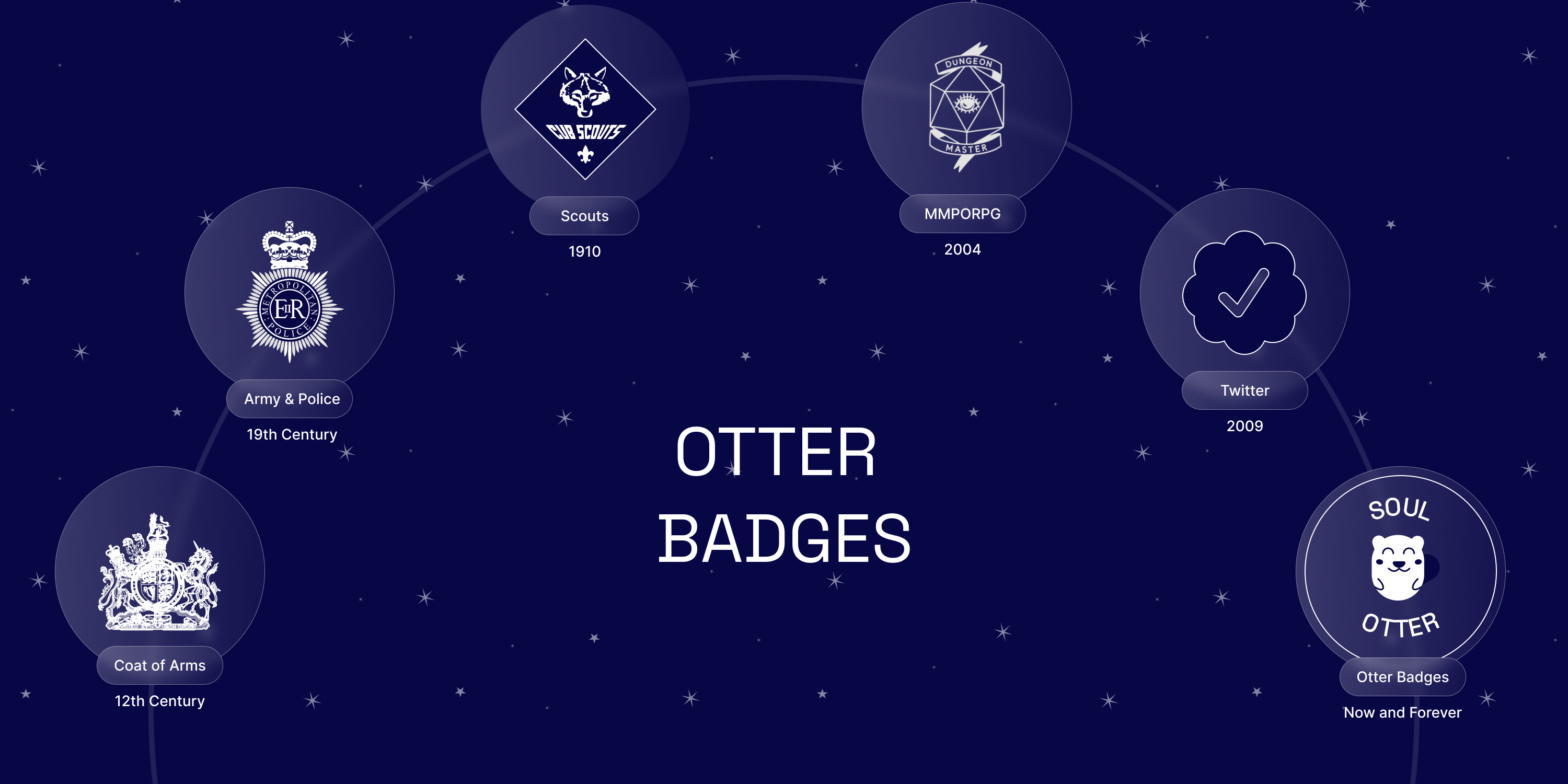
Ensures Authentic Representation: Non-transferable NFTs, such as those issued by Otterspace, are permanently tied to the original recipient. This guarantees that governance badges accurately reflect individual achievements or roles, preventing fraudulent transfers and misrepresentation within DAOs.
-

Prevents Unauthorized Access and Fraud: By making badges non-transferable, DAOs can prevent unauthorized users from acquiring governance rights. This approach reduces the risk of impersonation and ensures that only verified members participate in decision-making processes.
-
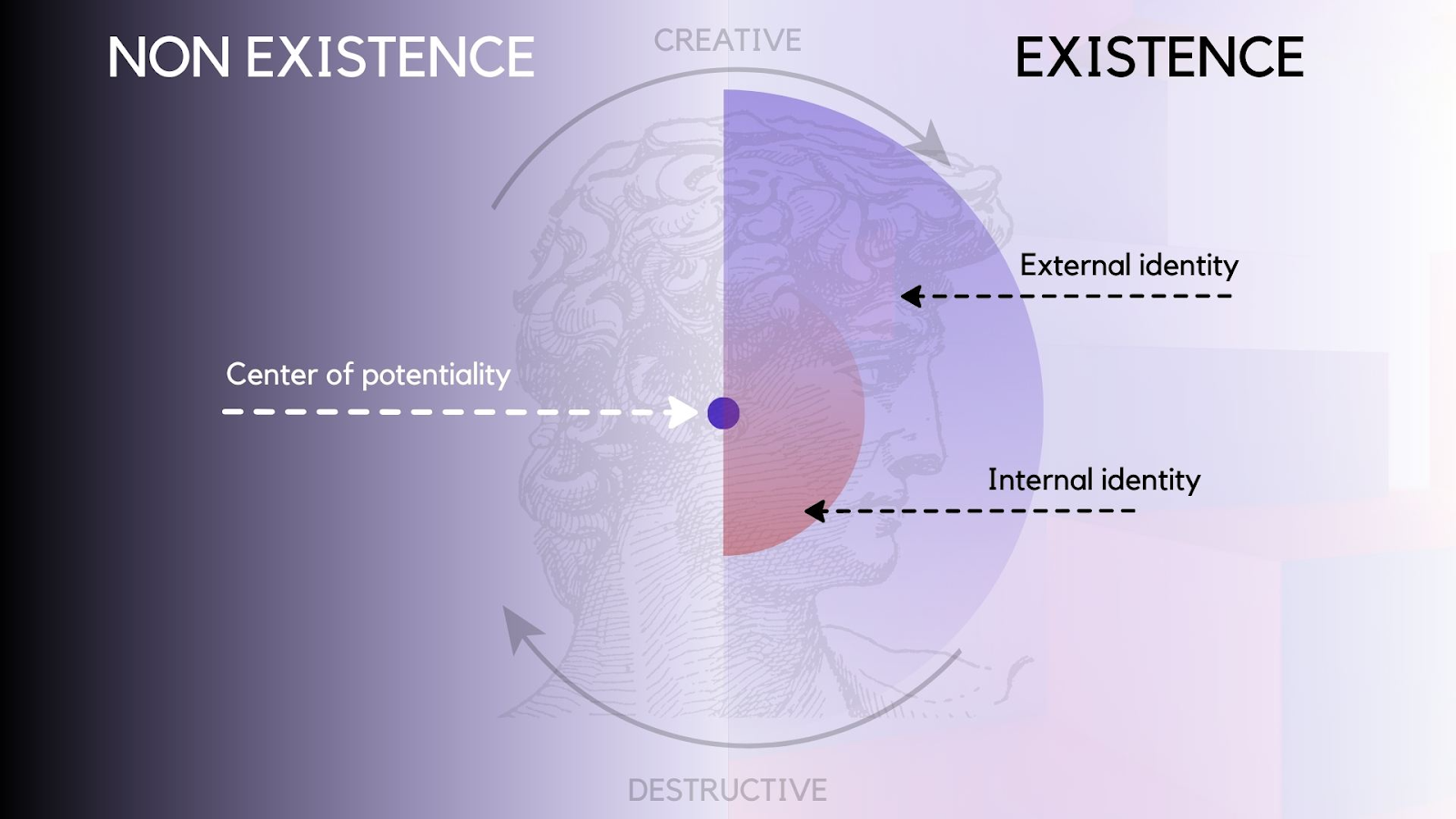
Enables Verifiable Digital Identities: Non-transferable NFTs can be linked to decentralized identity systems, allowing members to control and verify their digital identities. This integration strengthens trust and accountability within the DAO ecosystem.
-
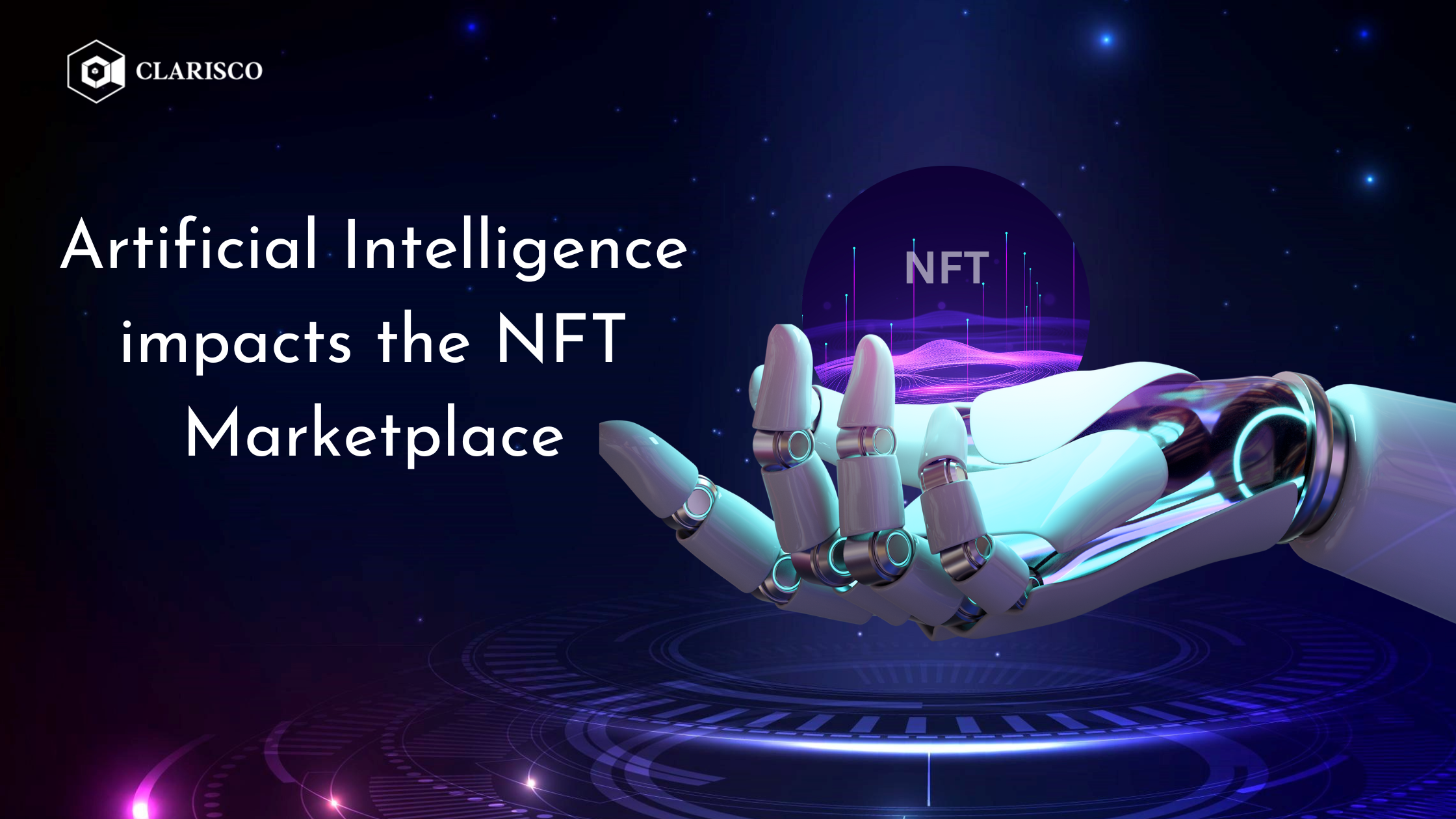
Enhances Security with AI-Powered Verification: Platforms like AGII utilize AI to analyze NFT metadata and detect tampering or counterfeits, providing real-time validation and bolstering the security of governance badges.
-
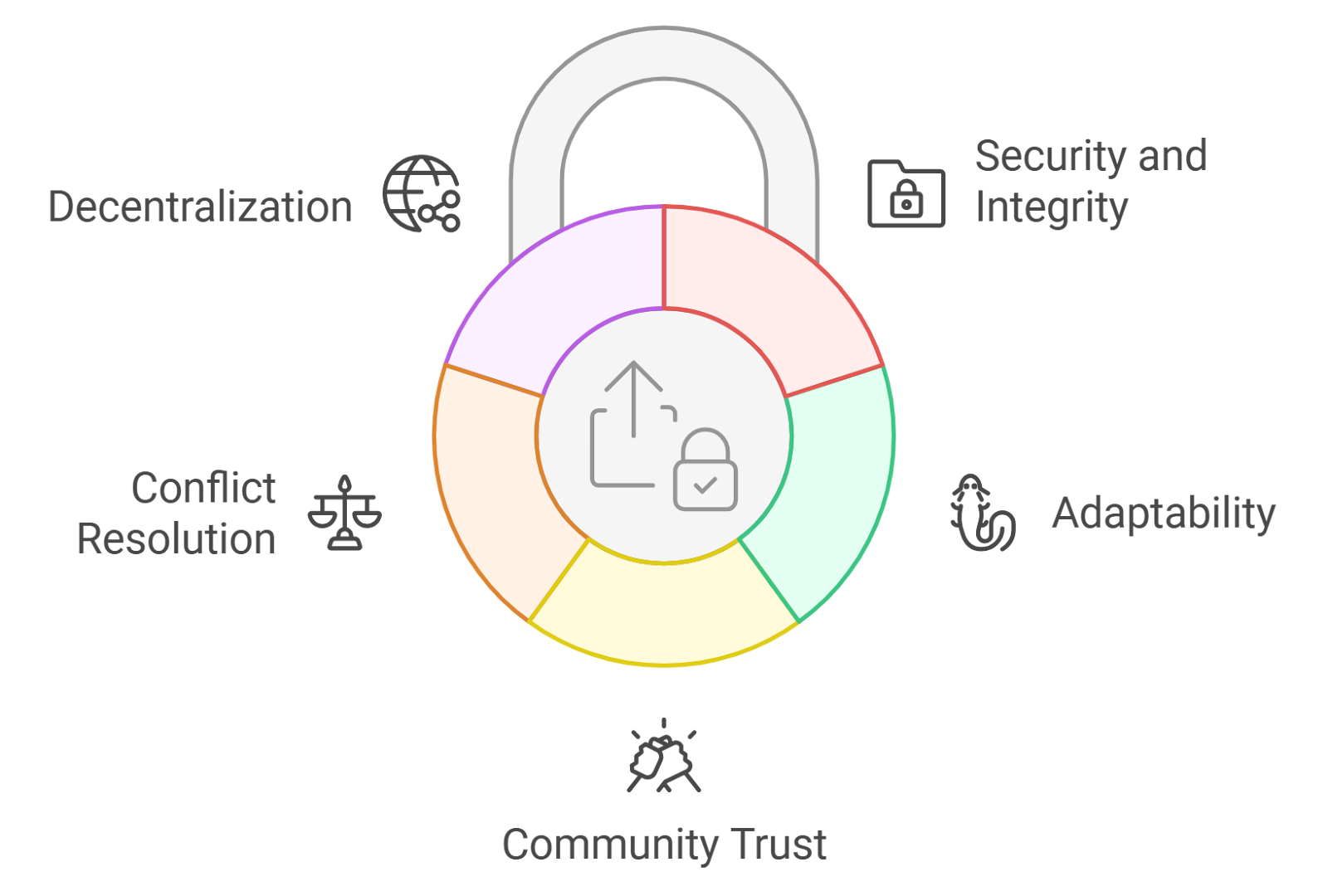
Promotes Transparency and Trust: Recording non-transferable NFT badges on public blockchains ensures that all credentials are transparent and tamper-proof. This visibility fosters greater trust among DAO members and external observers.
-
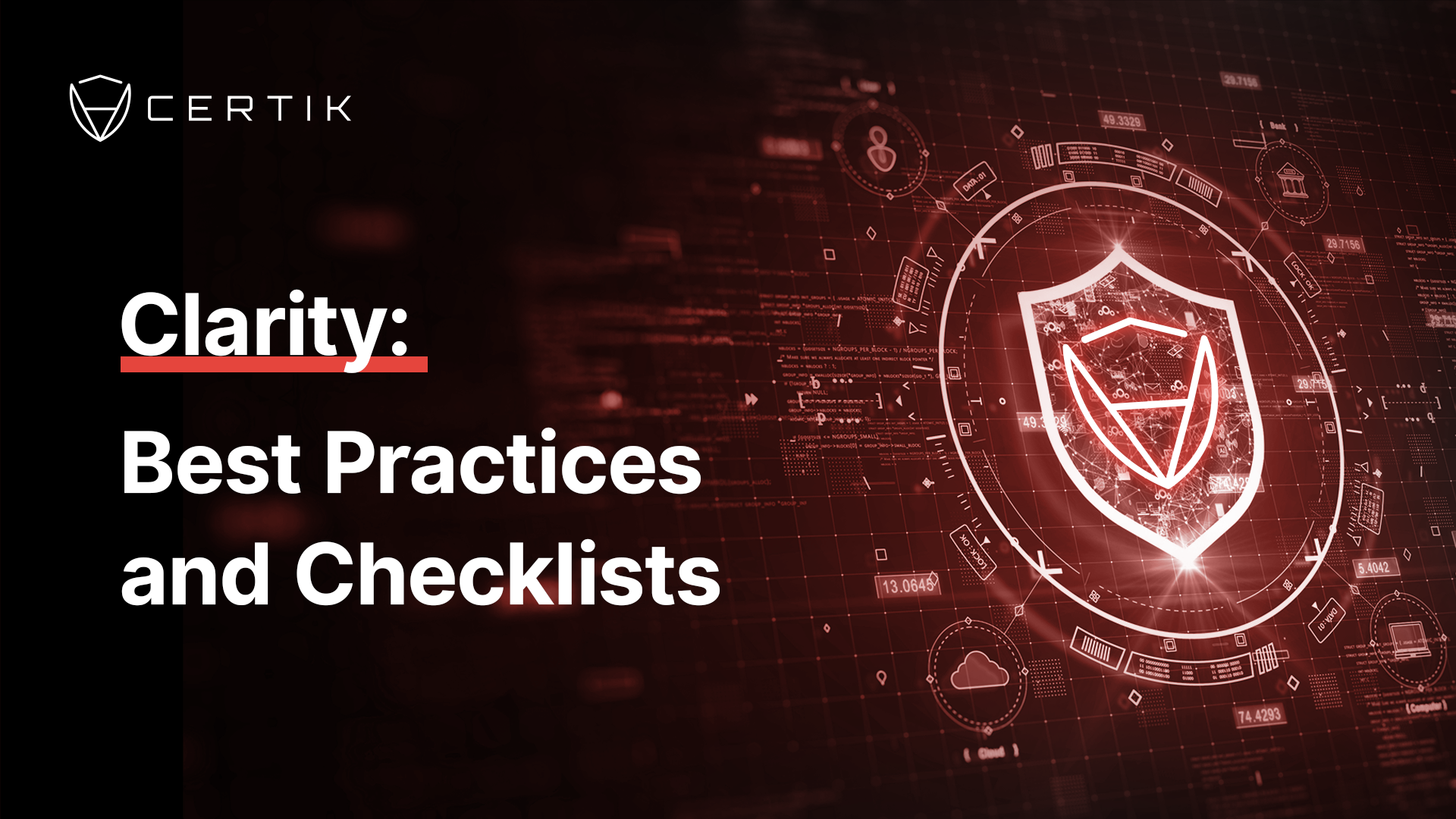
Supports Ongoing Security Monitoring: Organizations like CertiK offer continuous security audits and badge systems to recognize DAOs that meet high-security standards, encouraging ongoing vigilance and best practices.
AI-Powered Verification: Raising the Bar on Fraud Prevention
The landscape of NFT fraud prevention is rapidly evolving with the introduction of artificial intelligence into verification workflows. AI-powered systems can analyze on-chain metadata and behavioral patterns to flag suspicious activity or detect counterfeit badges before they infiltrate DAOs’ decision-making processes.
Platforms such as AGII have begun integrating real-time AI verification tools specifically designed for NFTs, offering an added layer of defense against emerging threats. This technology not only automates validation but also adapts as new fraud tactics arise – a key advantage over static rule-based checks. For further reading on how AI enhances NFT security, see Cointrust’s coverage on AI-powered verification systems.
Blockchain-Based Certification Protocols: Verifiable Credentials at Scale
The heart of NFT authenticity lies in transparent certification protocols anchored by public blockchains. By recording issuance events immutably on-chain, organizations enable instant third-party verification – whether for membership status, voting rights, or specialized roles within DAOs.
This approach is already revolutionizing industries like academic credentialing (see Blockcerts analysis) and professional qualification authentication. Yet even here, vigilance is required; vulnerabilities such as impersonation attacks must be proactively addressed through rigorous smart contract audits and layered security architectures.
Beyond technical protocols, the human element remains critical. Decentralized identity (DID) systems are emerging as a powerful complement to blockchain certification. By tying governance NFT badges to verifiable digital identities, DAOs can ensure that only legitimate, authenticated members hold and display these credentials. This reduces the risk of impersonation and strengthens overall DAO security.
DID integration is especially relevant for organizations with fluid membership or cross-platform participation. Members can maintain a single, portable digital identity across multiple DAOs, with each governance badge cryptographically linked to their verified credentials. This not only supports interoperability but also enhances user privacy by minimizing unnecessary data exposure.
Continuous Vigilance: Audits and Ongoing Monitoring
No security solution is ever truly set-and-forget. Best-in-class DAOs treat security audits and real-time monitoring as ongoing responsibilities rather than one-off events. Regular code reviews, penetration testing, and threat intelligence updates are essential for identifying vulnerabilities before they can be exploited.
Leading blockchain security firms like CertiK have introduced badge systems to recognize projects that adhere to high standards of operational security. These badges serve as public signals of trustworthiness and can be extended to governance NFT badges themselves – reinforcing a culture of transparency and accountability within web3 communities. For more on CertiK’s approach, visit CertiK’s Security Leaderboard.
As the ecosystem matures, expect more DAOs to adopt multi-layered defense strategies that combine non-transferable NFTs, AI-driven verification, DID frameworks, and continuous monitoring. Each component addresses a different aspect of the attack surface – together forming a robust shield against both technical exploits and social engineering attacks.
DAO Security in Practice: A Holistic Approach
Practical Steps to Secure Governance NFT Badges
-

Implement Non-Transferable NFTs: Use protocols like Otterspace to issue non-transferable badges, ensuring that governance NFTs remain bound to the original recipient and cannot be transferred or sold, preserving authenticity.
-
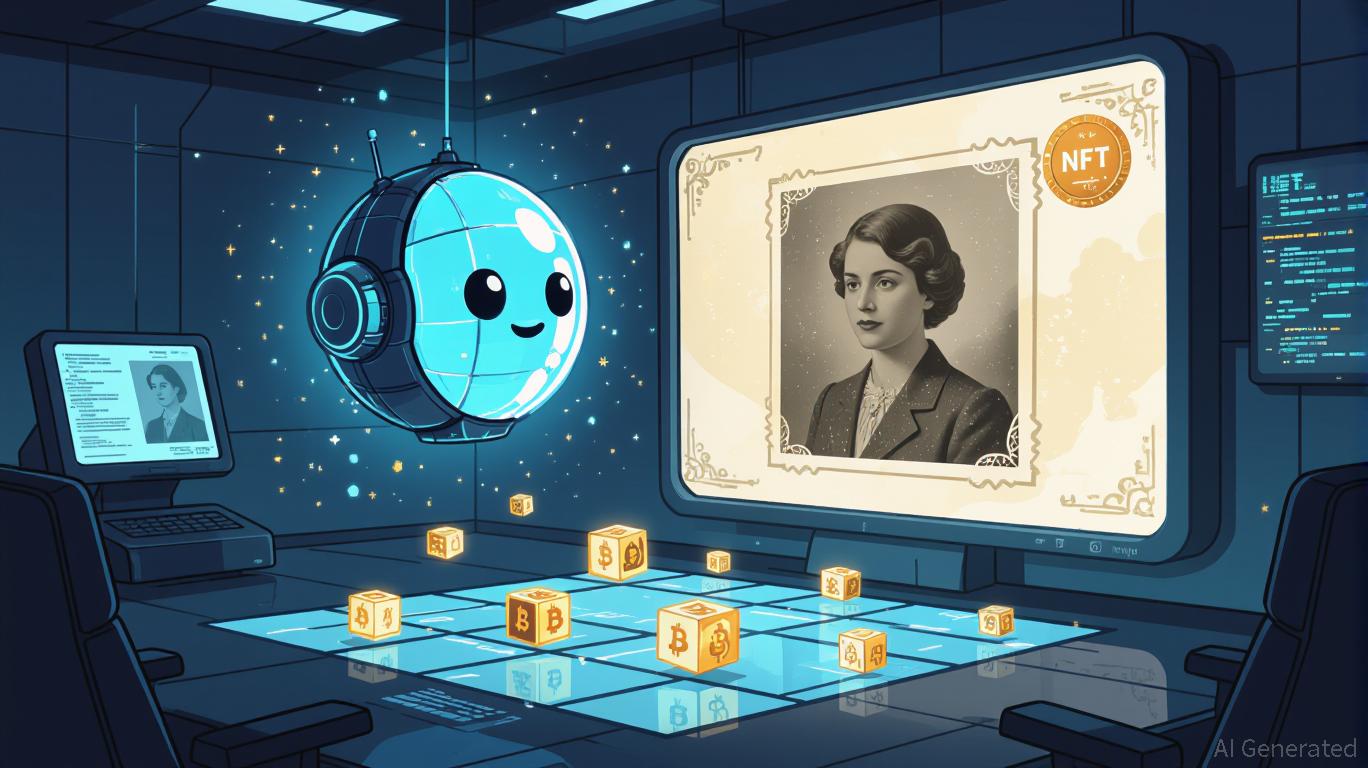
Leverage AI-Powered Verification Systems: Integrate AI-driven verification platforms such as AGII to analyze NFT metadata and detect counterfeit or tampered badges in real time, reducing the risk of fraud.
-
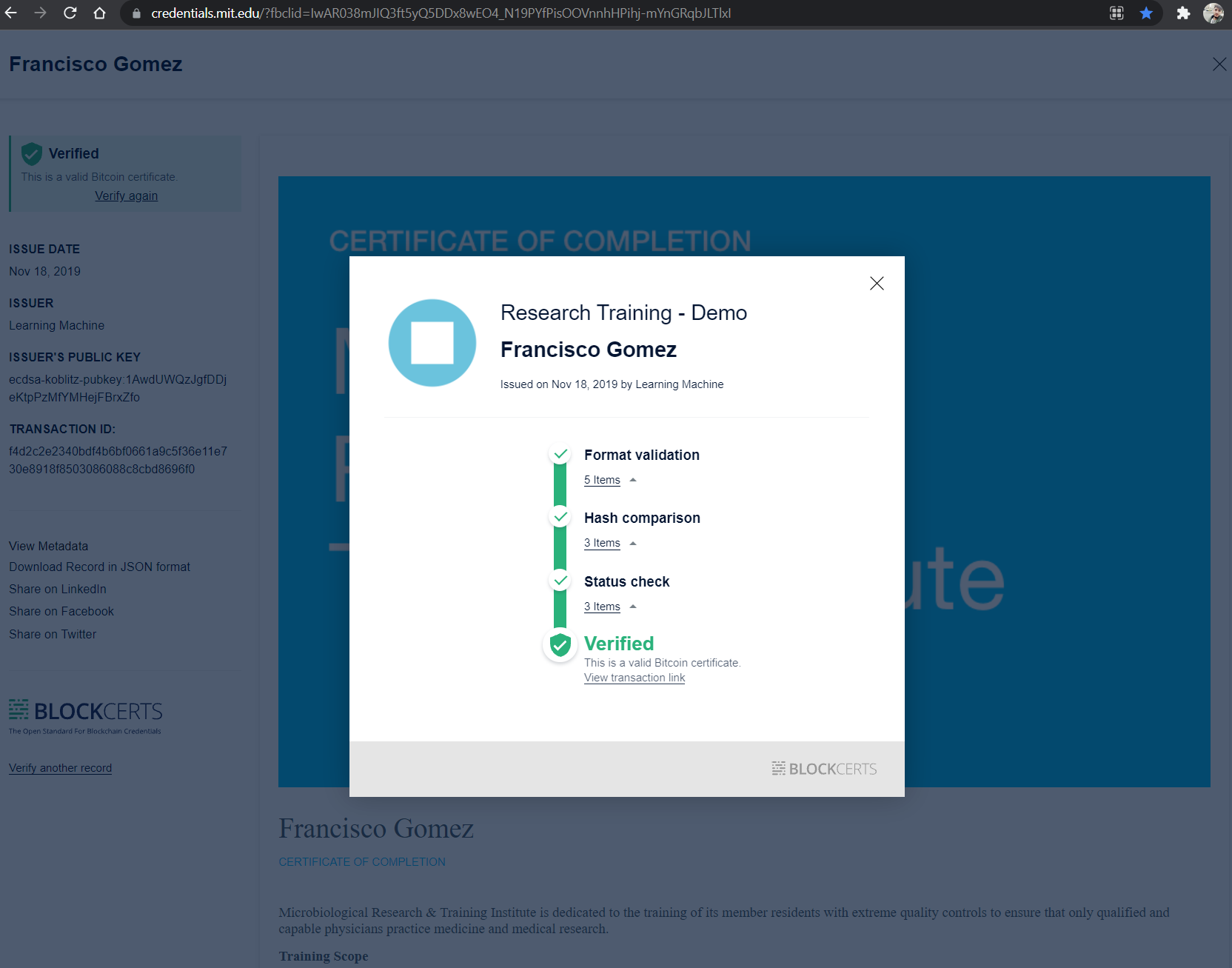
Utilize Blockchain-Based Certification Protocols: Adopt established protocols like Blockcerts to record and verify badge credentials on-chain, providing transparent and tamper-proof records of governance roles and achievements.
-
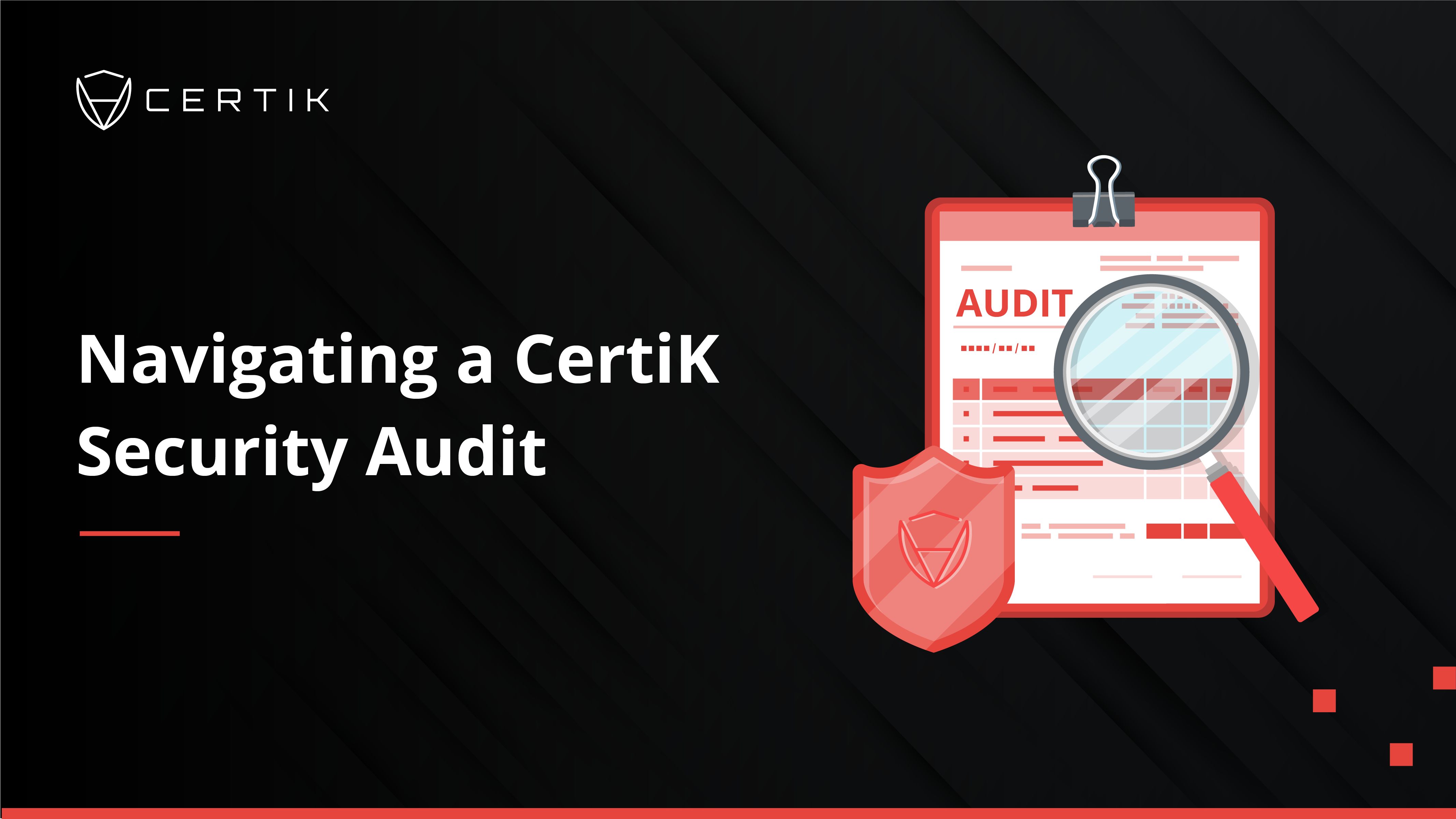
Conduct Regular Security Audits and Monitoring: Employ security services like CertiK to audit smart contracts and continuously monitor the NFT ecosystem. CertiK’s badge system can also signal adherence to high-security standards.
While technology forms the backbone of governance NFT badge security, organizational culture plays an equally vital role. Transparent communication about security practices, clear documentation for badge issuance processes, and community education initiatives all help foster decentralized trust.
The future of DAO governance will depend on how effectively communities balance innovation with vigilance. By leveraging cutting-edge tools while remaining grounded in best practices, DAOs can safeguard their most valuable assets: member reputation and collective decision-making power.
The path forward is clear: as threats evolve, so must our defenses. By prioritizing authenticity at every layer – from smart contract design to identity verification – decentralized organizations can build resilient systems that empower their members while keeping bad actors at bay.
